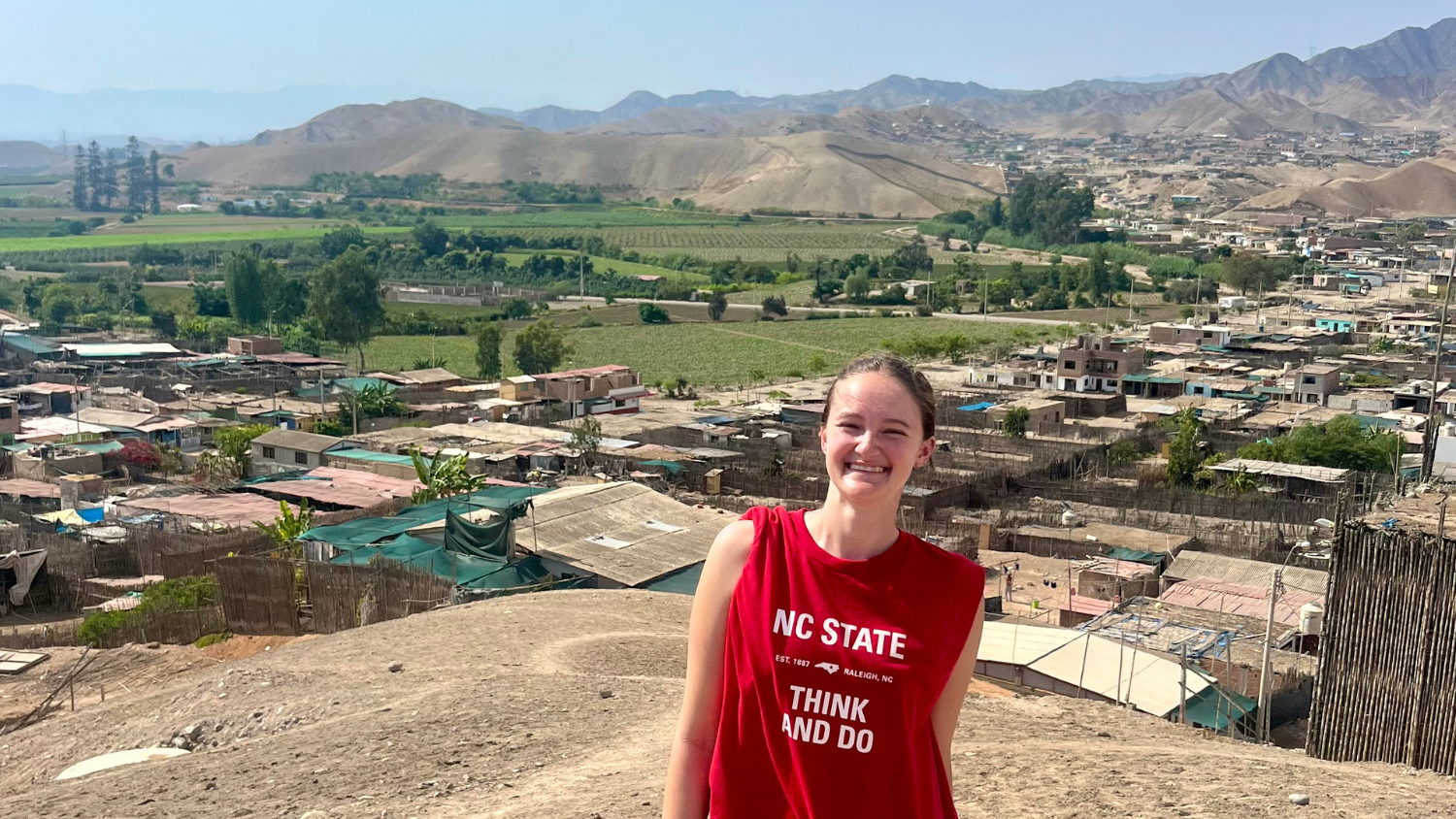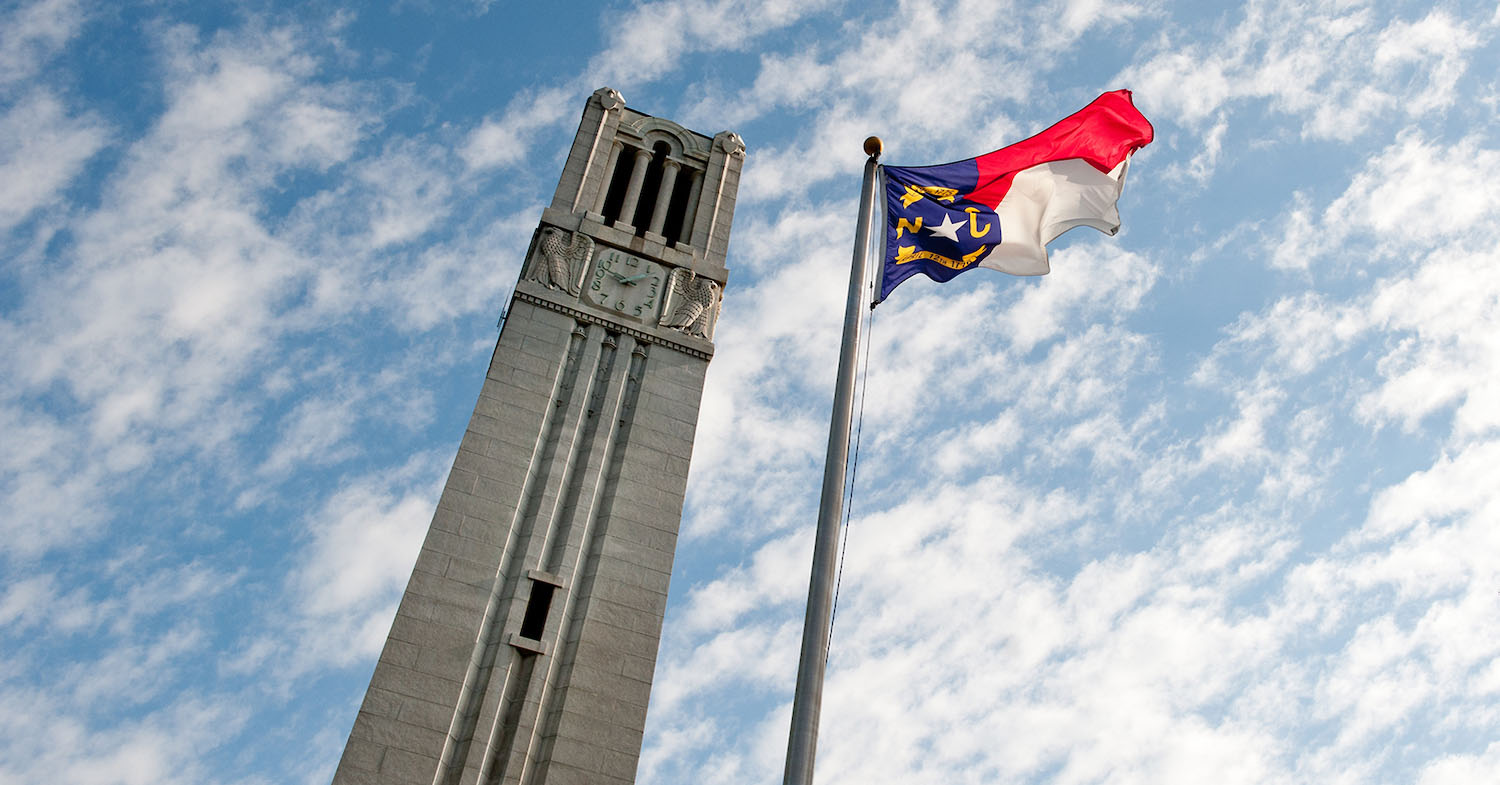Environmental Sciences Students Gain Diverse Career Insights
With recommendations from alumni and professionals, the students recently learned how to successfully navigate the hiring process and other aspects of pursuing a career in the field of environmental sciences.

Eli Typhina, a lecturer in the Department of Forestry Environmental Resources, recently utilized a $500 grant from the College of Natural Resources’ Community for Diversity Fund to support the production of career development videos for first-year students enrolled in her ES111: Applications of Environmental Sciences course.
Typhina recruited a group of four professionals from within the field of environmental sciences to record eight videos that pair directly with course content, with topics ranging from creating communications for diverse audiences and developing research protocols to building relationships with mentors and community members and implementing diverse, equitable, and inclusive research initiatives.
The professionals featured in the video series include Amelia Fujikawa, a 2016 NC State graduate who recently earned a master’s degree in sustainable development and earth system governance from Utrecht University in the Netherlands; JaNey Carrothers, a 2017 NC State graduate who now works as an environmental training and education program coordinator at Marine Corps Air Station Iwakuni in Japan; John Kamman, founder of Wholesum and a senior consultant at Fíonta in Missoula, Montana; and Megan Kuhl-Stennes, an air policy planner with the Minnesota Pollution Control Agency in St. Paul, Minnesota.
Each video, which lasts between 5-10 minutes, features the professionals discussing their experiences and sharing recommendations on applying course concepts in their careers. During the career development portion of the course, for example, they provide students with insights about the hiring processes at nonprofit organizations and federal agencies; the use of social media to search for jobs and networking opportunities; and the importance of volunteering to secure permanent employment.
Typhina designed the course curriculum by collaborating with students, faculty and industry partners and incorporating their ideas into activities, course structure and content to ensure relevancy, diversity and merit. With the addition of the video series, she has ultimately furthered her efforts to provide a diverse, equitable and inclusive curriculum by enabling students to hear the successes and challenges of professionals from different fields, sectors, roles and educational backgrounds.

David Aguayo, who recently completed the course, said the videos provided him with real expectations and insights to a career in environmental sciences, while also helping him to understand the multiple paths available to him. Hannah Miller, another former student, explained that the professionals’ stories showed her the importance of compassion and considering different perspectives to ensure the success of environmental decision-making.
With the grant, Typhina also collaborated with Kwinn Doran, an associate professor of history at Shaw University in North Carolina, to record a 15-minute video focusing on the involvement of environmental scientists in the case of the Warren County PCB Landfill. The case, which is widely recognized for initiating the environmental justice movement, revolves around the 1982 protest of a small, predominantly Black community against the placement of a hazardous waste landfill in Warren County, North Carolina.
In his video, Doran not only provides historical context about the Warren County PCB Landfill case but also offers guidance on how students can utilize their own interests to address environmental injustices, while providing examples of how he leverages his passion for history to contribute to environmental justice.
Aren Koraian, who completed the course this spring, said Doran’s video and the course activities showed him the means by which an environmental scientist can bridge the communication gap between minorities and marginalized communities to figures of authority in environmental decision-making.
For faculty interested in creating similar videos for their courses, Typhina recommended scheduling plenty of time and offering honorariums. She explained that for each video, she spent up to 10 hours recruiting, coordinating honorarium paperwork, interviewing, and drafting scripts. Each professional spent about five hours processing honorarium paperwork, participating in a recorded interview, and recording the videos.
- Categories:


